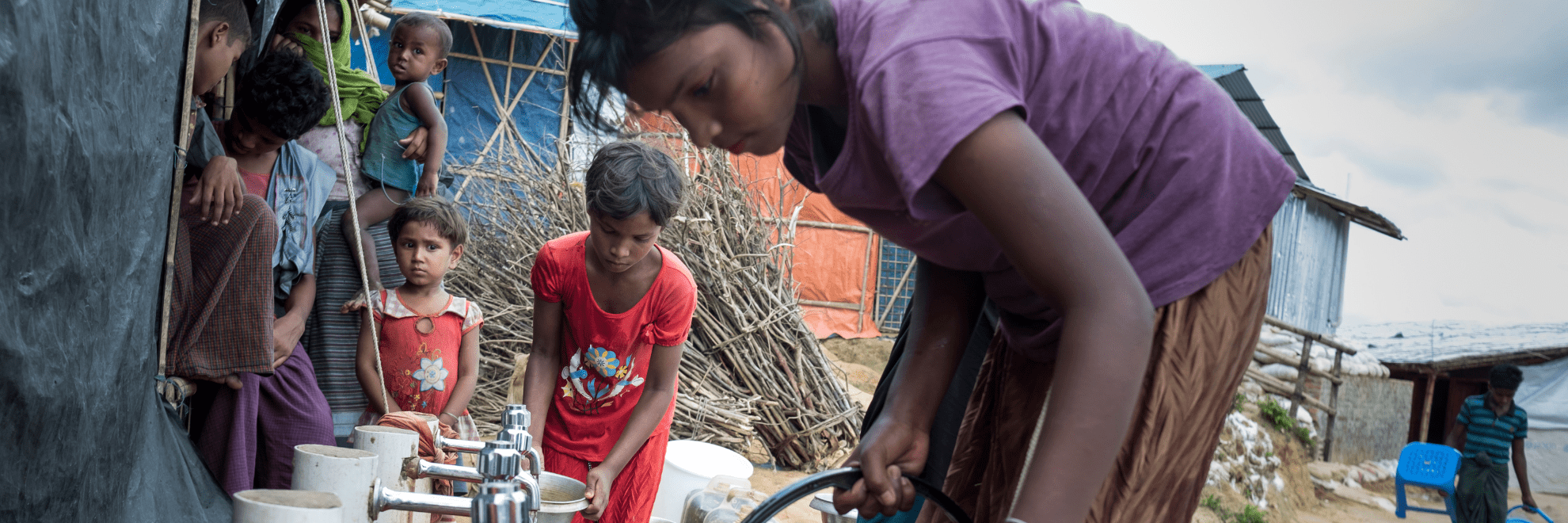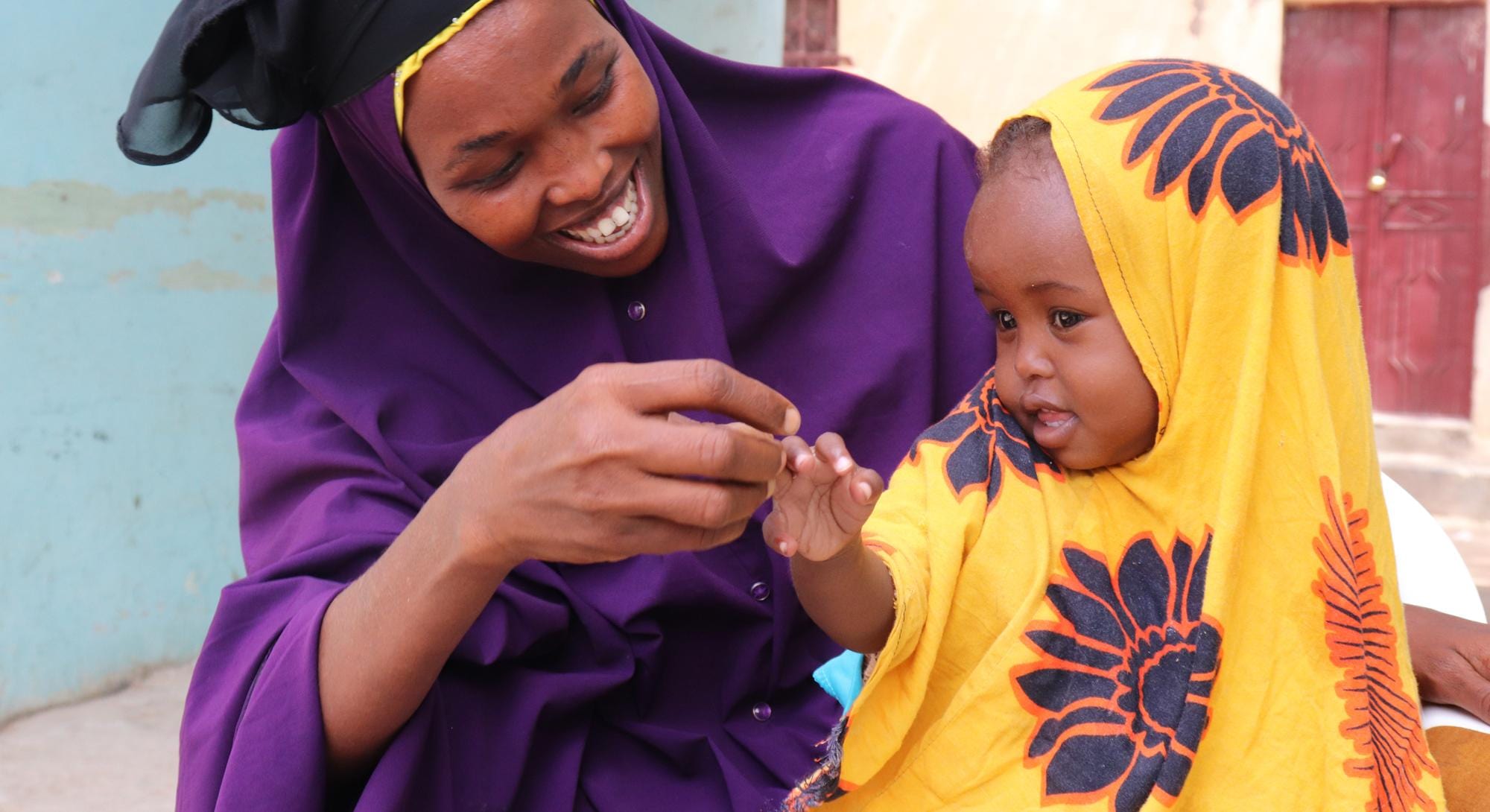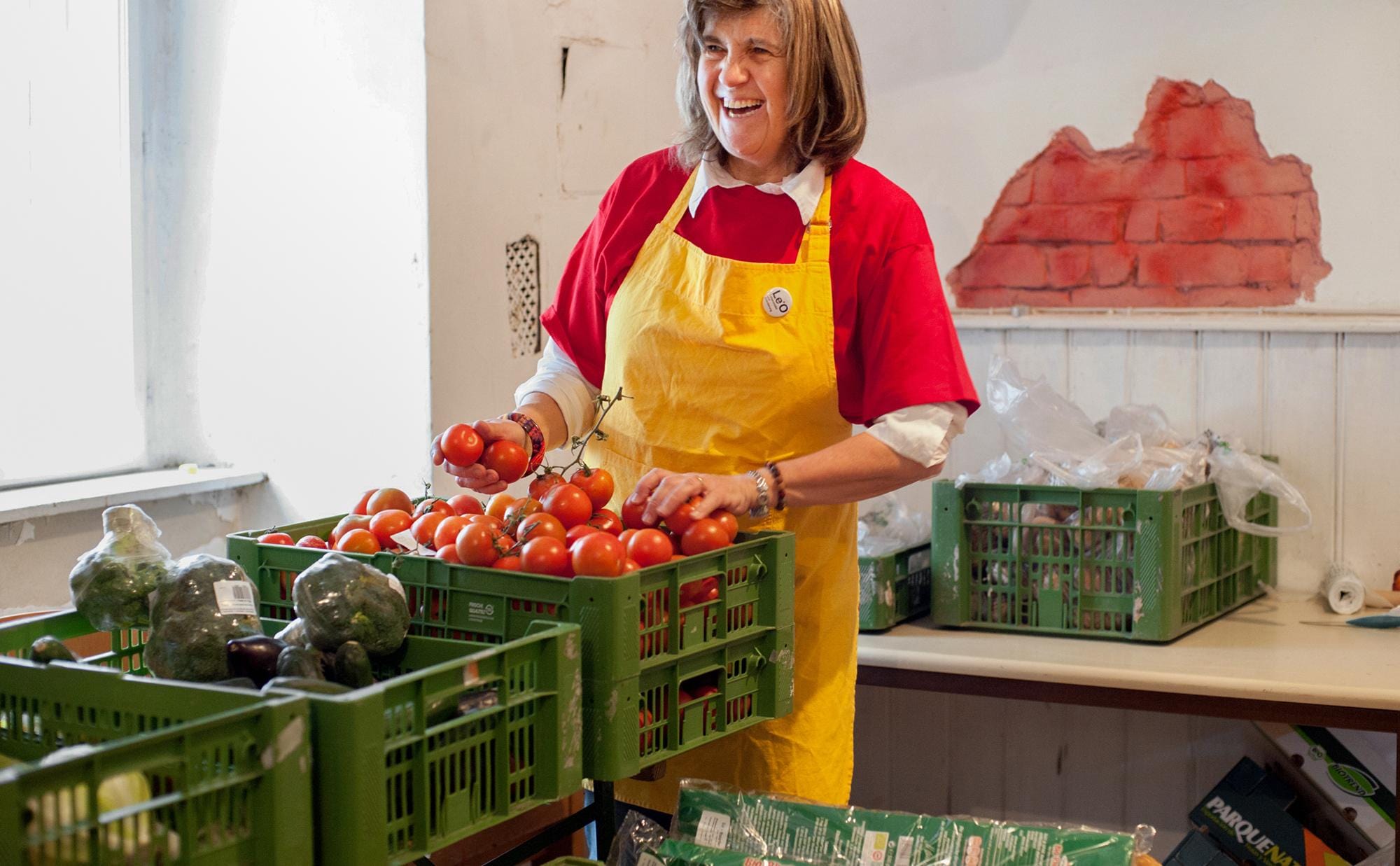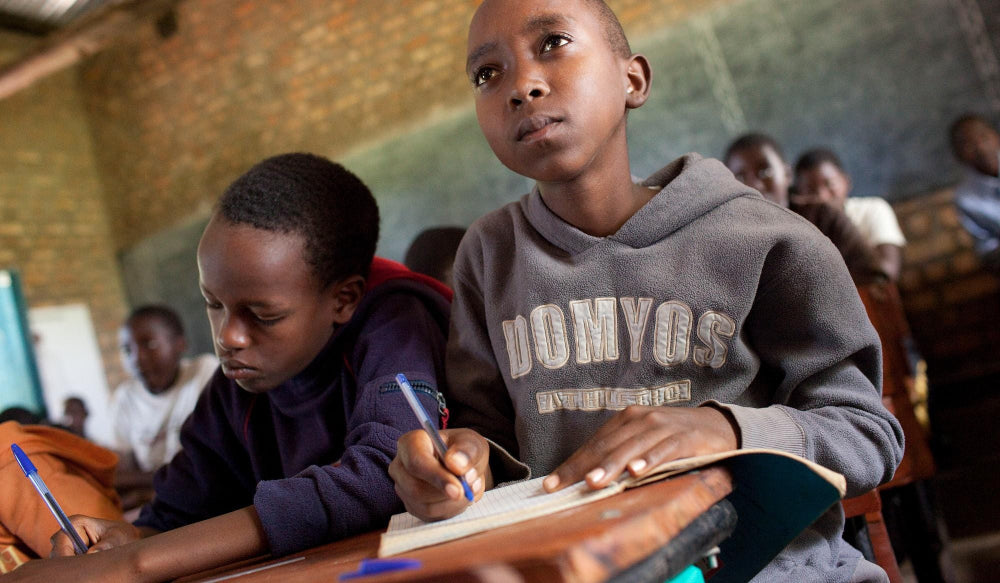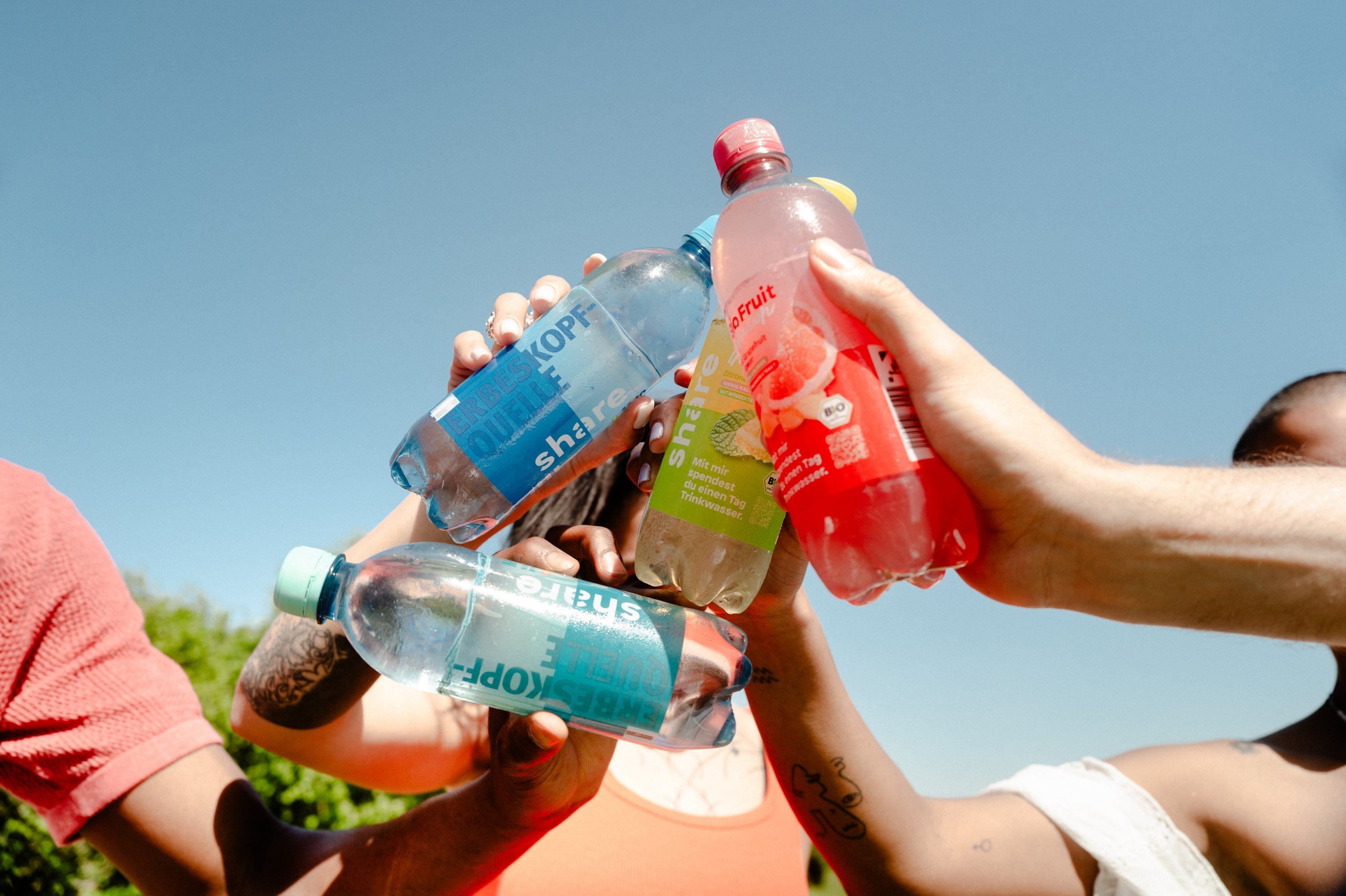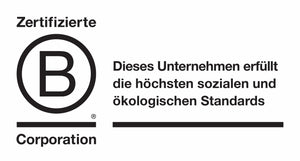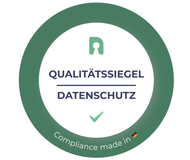But what is actually behind a day of drinking water?
Now you're probably wondering what exactly we mean by a day of drinking water and how that relates to building a well. To do that, we need to go a little further. A day of clean drinking water in our country is equivalent to at least 20 liters - the daily amount of water that a person needs at least according to the WHO. This means that everyone should have access to at least 20 liters of clean drinking water in order to be able to carry out everyday tasks such as drinking, cooking or personal hygiene. Does that sound like a small amount to you? Yes, that's true, in Europe the average water consumption is 144 liters per day. Nevertheless, this standard of 20 liters significantly improves the living situation of many people. And now to the question of wells: In order to create the greatest possible benefit for the local community and to support households in the long term, we help locally by financing the construction of wells. Because a reliable source can then ensure access to clean drinking water for many years.
In addition to construction, our project also involves the sustainable management of the water infrastructure and thus the long-term supply of the population. For this purpose, water committees are formed and local authorities are involved in maintaining the wells.
A well like this can make a significant difference to the community, as clean drinking water has an impact on several aspects of sustainable development. In addition to good health, clean drinking water also enables girls to attend school or women to work outside the home. This is because women and girls are traditionally responsible for fetching water and often have to travel long distances to do so. If these journeys are drastically shortened, girls can use this time to go to school. Education gives them better opportunities for social and economic participation, which in turn can reduce poverty.

